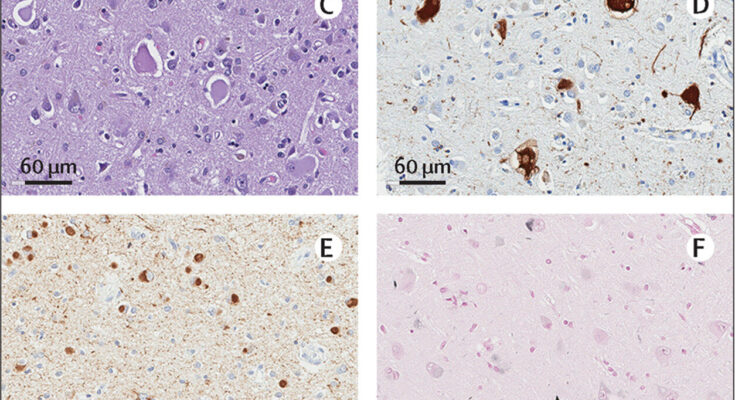The presence of clonal populations of hematopoietic stem cells in the absence of hematologic abnormalities is associated with a heightened risk of developing therapy-related myeloid neoplasms (t-MN) following chemotherapy in ovarian cancer, explained Sara Corvigno, MD, PhD, underscoring the importance of identifying genetic markers that predispose patients to t-MN.
At the 2024 SGO Annual Meeting on Women’s Cancer Corvigno presented research that tested the hypothesis that patients undergoing chemotherapy may harbor specific clonal hematopoiesis of indeterminate potential (CHIP) variants, which may contribute to the development of t-MN. In the analysis a considerable number of low-frequency CHIP variants were detected, totaling 47,961 and affecting 13,509 genes. The results indicated that there was a significant decrease in the count of CHIP variants following chemotherapy administration, a trend consistently observed across patients. However, certain CHIP variants occurred at a higher frequency following chemotherapy.
“I discussed clonal hematopoiesis of indeterminate potential,” Corvigno explained. “This [relates to] some genetic variants present in circulating cells that are related to early hematological clones that might expand and progress into a hematological malignancy.”
In an interview with OncLive, Corvigno expanded on an analysis that uncovered the CHIP variants that occurred at a higher frequency in patients with ovarian cancer post-chemotherapy and highlighted the importance of further research to define molecular markers that may be predictive of t-MN. Corvigno is an instructor of research at The University of Texas MD Anderson Cancer Center in Houston.
OncLive: Please provide an overview of your presentation on chemotherapy-related clonal hematopoiesis in patients with ovarian cancer.
Corvigno: [Clonal hematopoiesis] is an emerging problem in ovarian cancer due to the widespread use of PARP inhibitors. We are seeing an increasing incidence of hematological malignancies. It’s important to follow patients and stratify them to better understand if there are markers that can tell us whether they will develop a secondary hematological malignancy.
The study you presented at the SGO meeting evaluated variants implicated in clonal hematopoiesis of indeterminate potential. What were some of the key findings?
We analyzed a cohort of patients with ovarian cancer and tried to identify if there were any genetic markers that could predict a hematological malignancy [based on] a peripheral liquid biopsy–based analysis of their circulating [tumor] DNA [ctDNA].
We used [certain] criteria, such as matching mutations in both ctDNA and white blood cells to be sure that we were in a hematological situation. We identified a pool of these mutations with an increased frequency after chemotherapy, meaning the clones of hematologic cells that seem to be favored by chemotherapy.
The follow-up of these patients, in particular validation on a cohort of patients who developed secondary hematological malignancies will give more strength to these results and will help us [develop] genetic markers.
Will these findings alter the use of chemotherapy in these patients, or change perceptions and considerations during patient counseling?
[These findings] will help us better manage patients undergoing multiple lines of chemotherapy. [Previously] we weren’t concerned so much about secondary hematological malignancies until we saw that they were increasing in these patients. This will help us when following up with these patients and stratifying them, [as well as] maybe saying yes or no to other lines of therapy that they can go through.
Are there any next steps for this research that are planned that you would like to highlight?
We would like to expand the cohort and validate these findings in a cohort of patients that have developed therapy-related hematological malignancies, so that we can give more strength to these results.
Reference
Corvigno S. Hidden threats: chemotherapy-related clonal hematopoiesis in patients with ovarian cancer. Presented at: Society of Gynecologic Oncology 2024 Annual Meeting on Women’s Cancer; March 16-18, 2024; San Diego, CA.






